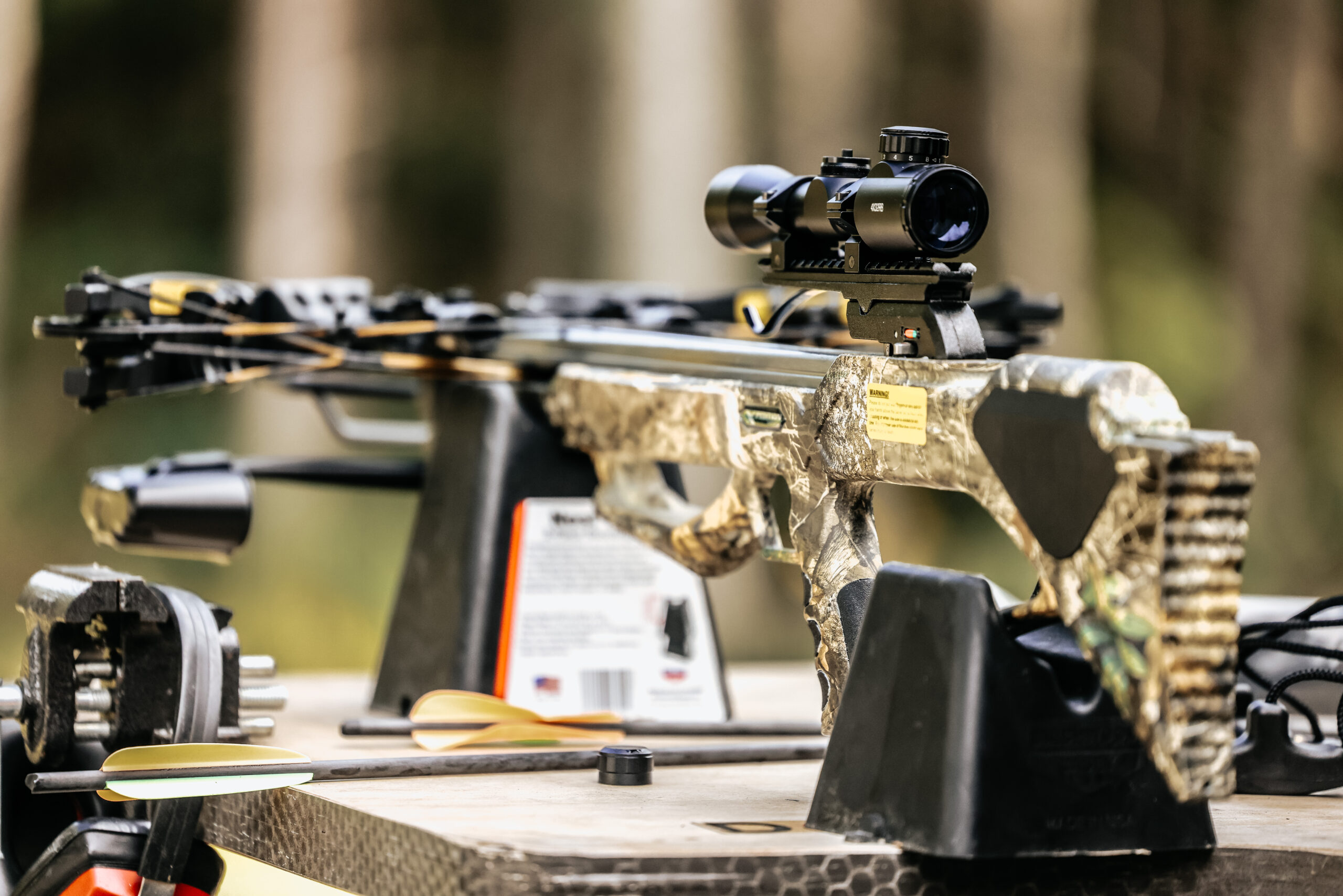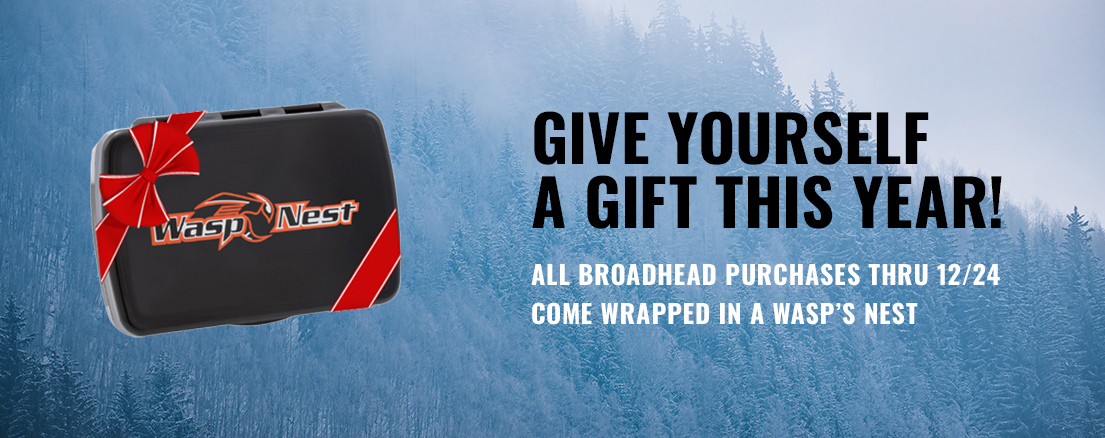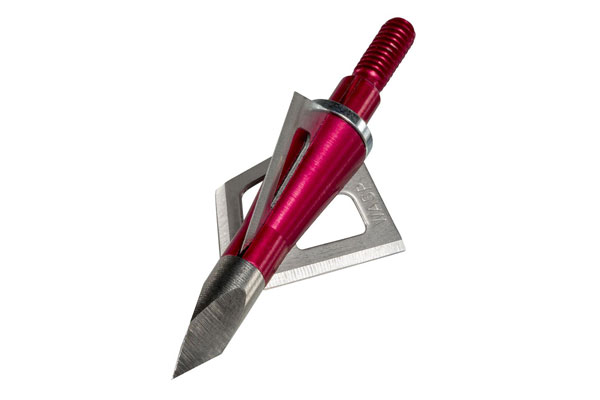Long-Range Crossbow Shooting
How to set up your new crossbow for maximum accuracy at a distance
You’ve finally decided to swipe your credit card and buy a new crossbow ahead of hunting season, and of course you’re wondering: “Can I shoot 100-yard groups with this, like I see on TV?”
And perhaps, “Can I use it to kill a deer from 100 yards?”
For the average hunter, a good crossbow can definitely extend the effective range over a compound bow. Crossbow arrows fly much faster, and the use of a scope, stock, and trigger means that they’re easier for most people to shoot accurately at longer distances. But any way you shake it, a crossbow is not the same as a rifle. And, just as with long-range rifle shooting, getting good long-range groups from a crossbow requires some work and tinkering. Here are some things to know.
FIRST, CHRONOGRAPH YOUR CROSSBOW
Most crossbow scopes are Second Focal Plane, meaning the reticle is stationary and appears the same size as you zoom the scope’s magnification in and out. The reticles typically have yardage marks, but the gap distances between the marks change depending on how much the scope is zoomed in or out. That’s why the magnification rings on crossbow scopes are denoted in feet per second, rather than 3x or 6x.
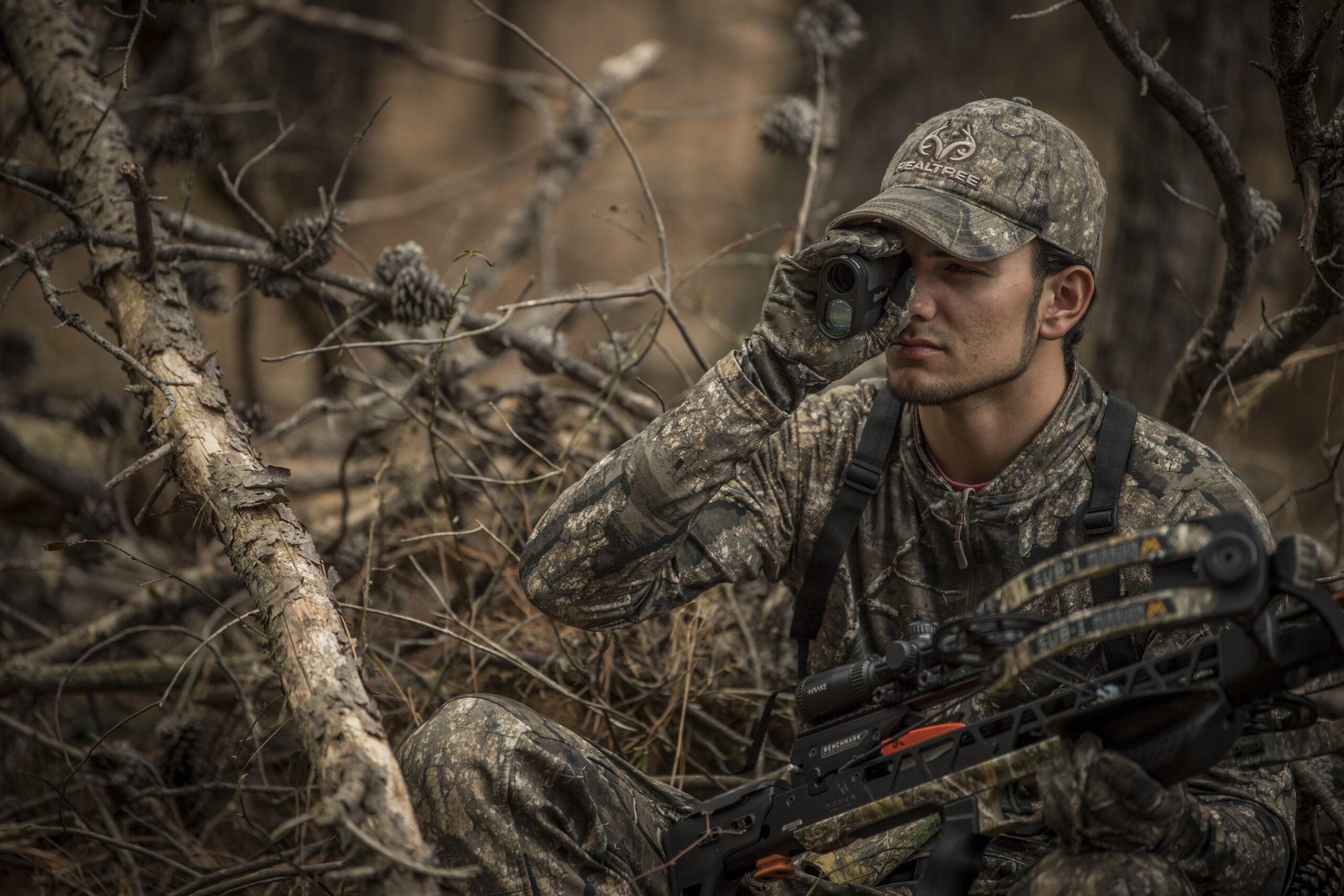
Today’s crossbows shoot flat, but a rangefinder is essential for maximum long-range accuracy.
Once you know your crossbow’s speed, you can dial your scope accordingly to get the correct gaps. Faster bows call for higher magnification, which reduces the gap distance between each yardage mark on the reticle. But not every scope is calibrated perfectly, and so you will probably need to adjust your magnification in or out slightly to get the perfect holdover gaps, especially for distant targets. Knowing the exact speed of your crossbow is the first step in all of this. Most crossbows shoot pretty close to their advertised speeds, but changes in arrow and point weight, and even changes in elevation, can cause differences that might require a scope adjustment.
When you get your new crossbow, weigh your arrows for consistency, install the field point weight you plan to use for hunting, chronograph the setup, use the same rangefinder you’ll take hunting to measure the distances, and adjust your scope accordingly. After you’re dialed in with field points, you’ll want to come back and chronograph and follow the same steps with your broadheads, too, because arrow speeds are likely to change a bit.
USE A SOLID REST
Crossbows are heavy and bulky, and they’re difficult to shoot accurately offhand, even more so than rifles. Yet, their designs aren’t always conducive for use with Lead Sleds and other gun rests. Furthermore, their limbs prevent them from being braced against a tree trunk in the field. Sandbags on a shooting bench are usually the way to go for sighting in crossbows, while tripod rests with a vise-style grip on a pivoting ball head are ideal for ground blinds and shooting houses. Treestand hunters can rest crossbows on crossed knees in a pinch, but a shooting rail is much better. Regardless of where you’re using it, remember that you lose much of a crossbow’s long-range advantage without a rock-solid rest. Plan your practice sessions and hunts accordingly.
TRY SEVERAL BROADHEADS
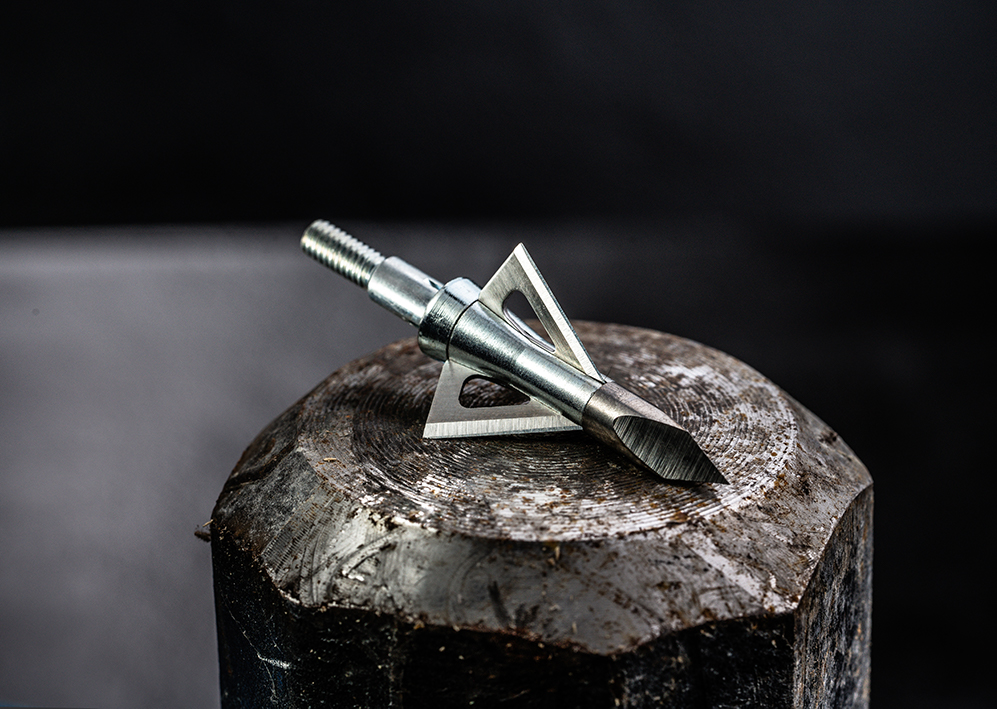 Just as many rifles shoot best with a particular bullet style and weight, crossbows can be fussy about their preferred broadheads, particularly beyond 50 yards. Crossbow arrows vary dramatically in length, weight, front of center, and fletching style, all of which are factors that can affect broadhead flight.
Just as many rifles shoot best with a particular bullet style and weight, crossbows can be fussy about their preferred broadheads, particularly beyond 50 yards. Crossbow arrows vary dramatically in length, weight, front of center, and fletching style, all of which are factors that can affect broadhead flight.
In general, lower profile broadheads impart less drag on speedy crossbow arrows, and so they are usually a good starting point. If you like fixed-blade broadheads, we’ve had excellent luck with tough, compact models like the Wasp Crossbow Boss and Wasp Sledgehammer, which weighs 150 grains should you want to increase your point weight.
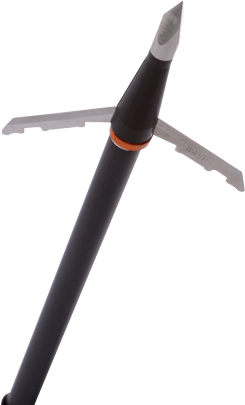 Many crossbow shooters prefer mechanical broadheads, both because they have an inherently lower in-flight profile, and because the energy of crossbows is a perfect pairing with a mechanical’s large cutting diameter. The Wasp Dueler 2-blade and Wasp Jak-X 3-blade are proven with crossbow hunters, and the brand-new Wasp JakXV is specifically made for today’s high-performance crossbows, with a blade design that will not open in flight, even at extreme speeds. Wasp is one of the few broadhead manufacturers that offers a Pick 3 package, too, so you can choose from any three of our broadhead models and have them shipped to you in a single package. Put together a couple Pick 3 packages and you can be assured to find the broadhead your crossbow shoots best for the least amount of money.
Many crossbow shooters prefer mechanical broadheads, both because they have an inherently lower in-flight profile, and because the energy of crossbows is a perfect pairing with a mechanical’s large cutting diameter. The Wasp Dueler 2-blade and Wasp Jak-X 3-blade are proven with crossbow hunters, and the brand-new Wasp JakXV is specifically made for today’s high-performance crossbows, with a blade design that will not open in flight, even at extreme speeds. Wasp is one of the few broadhead manufacturers that offers a Pick 3 package, too, so you can choose from any three of our broadhead models and have them shipped to you in a single package. Put together a couple Pick 3 packages and you can be assured to find the broadhead your crossbow shoots best for the least amount of money.
TARGETS AND HUNTING AREN’T THE SAME
With a little practice, you probably can shoot good 100-yard field-point groups with your new crossbow without much problem, especially from a bench and on a range with calm winds. While some hunters have indeed taken game animals at those distances with crossbows, a deer or elk can move a long way before a crossbow arrow gets to it from 100 yards. We won’t weigh in with a maximum range recommendation here—that’s up to you to decide. But in general, as with compound bow practice, long shots are fun on the range, but getting closer is almost always better when you’re out hunting.
— Story by Wasp Archery Staff; Image by Realtree Media
View All Posts